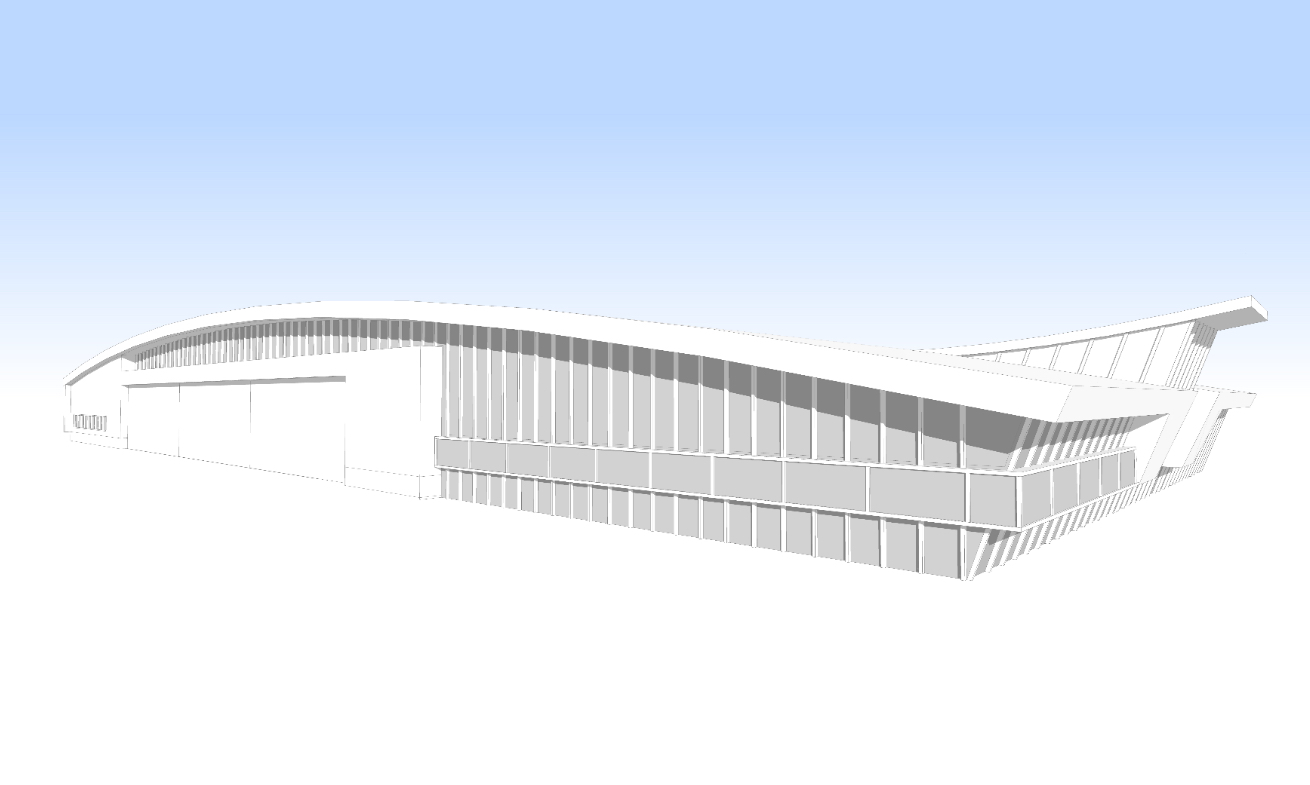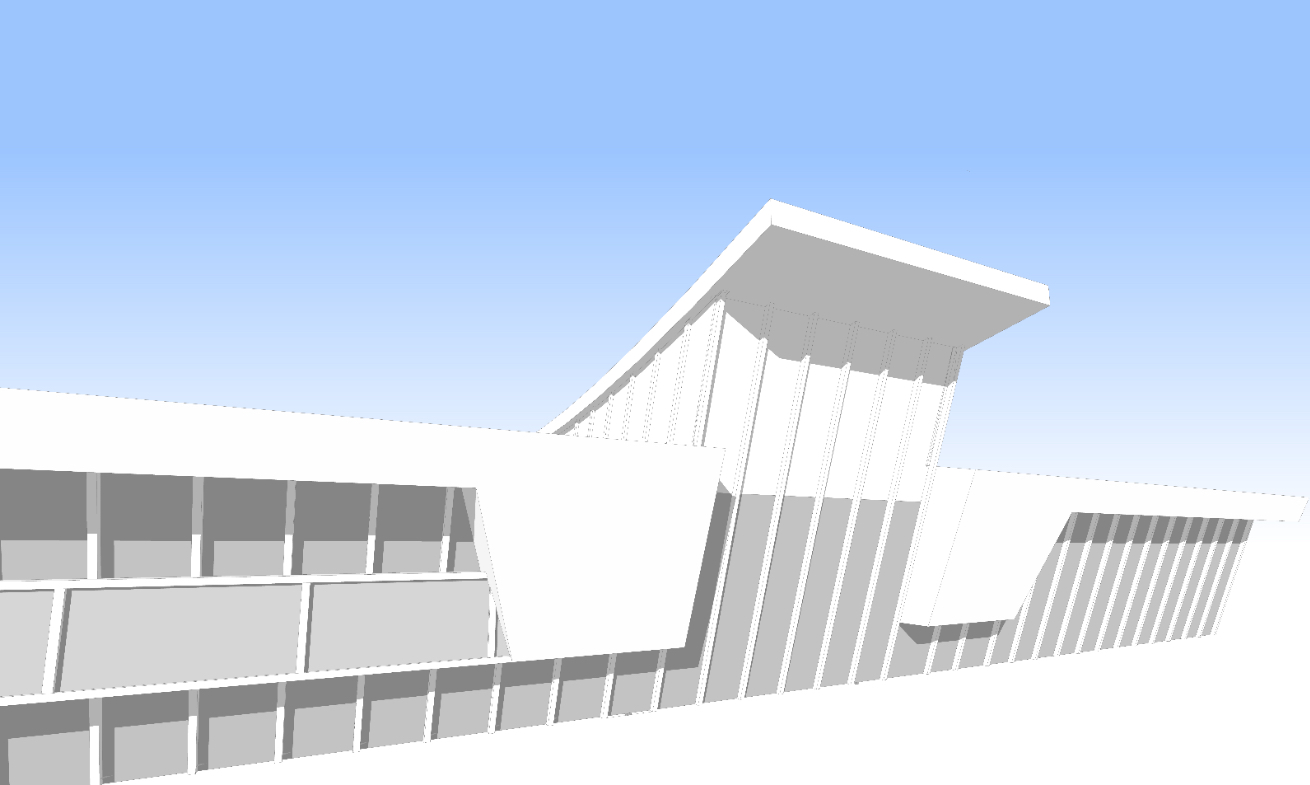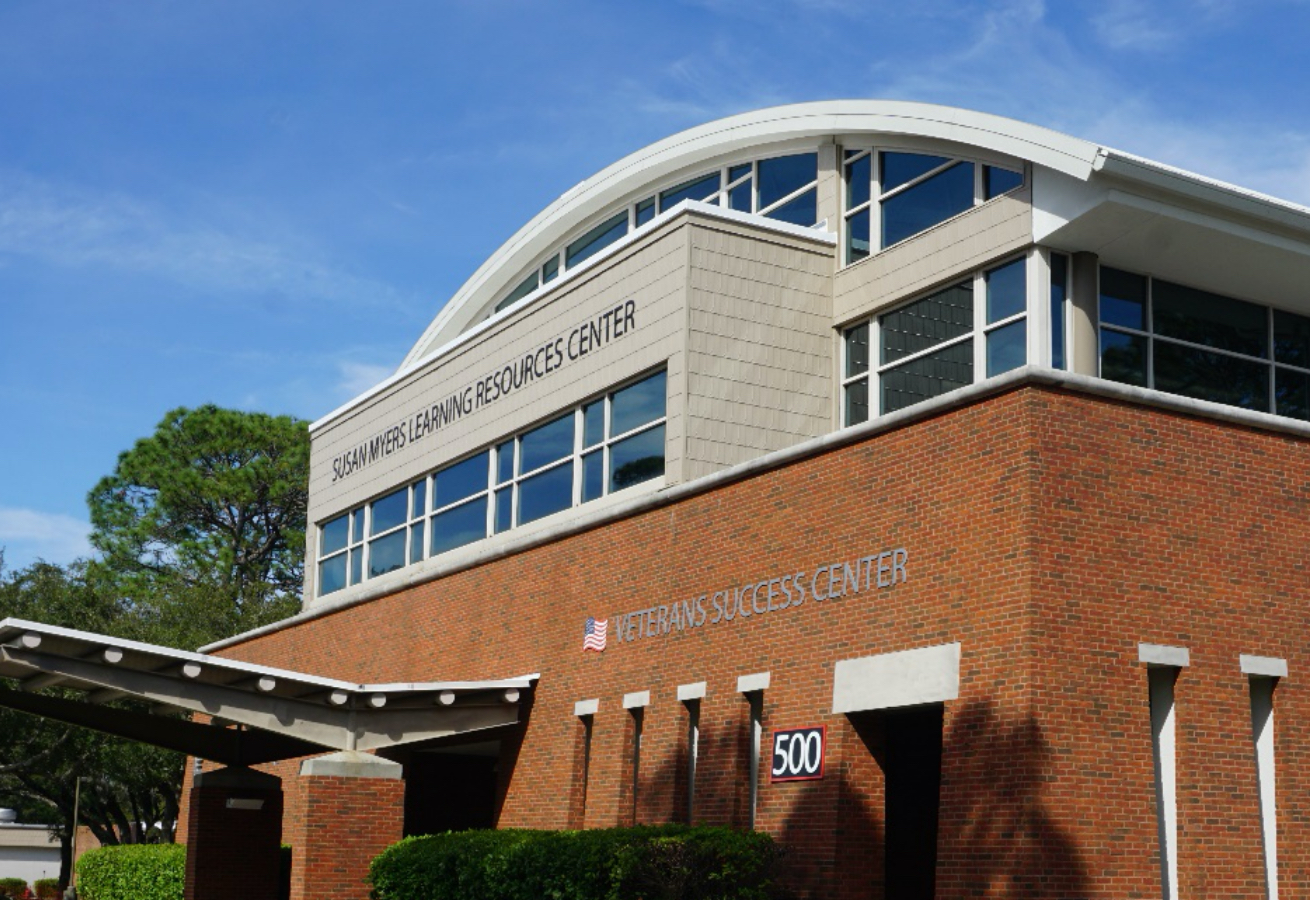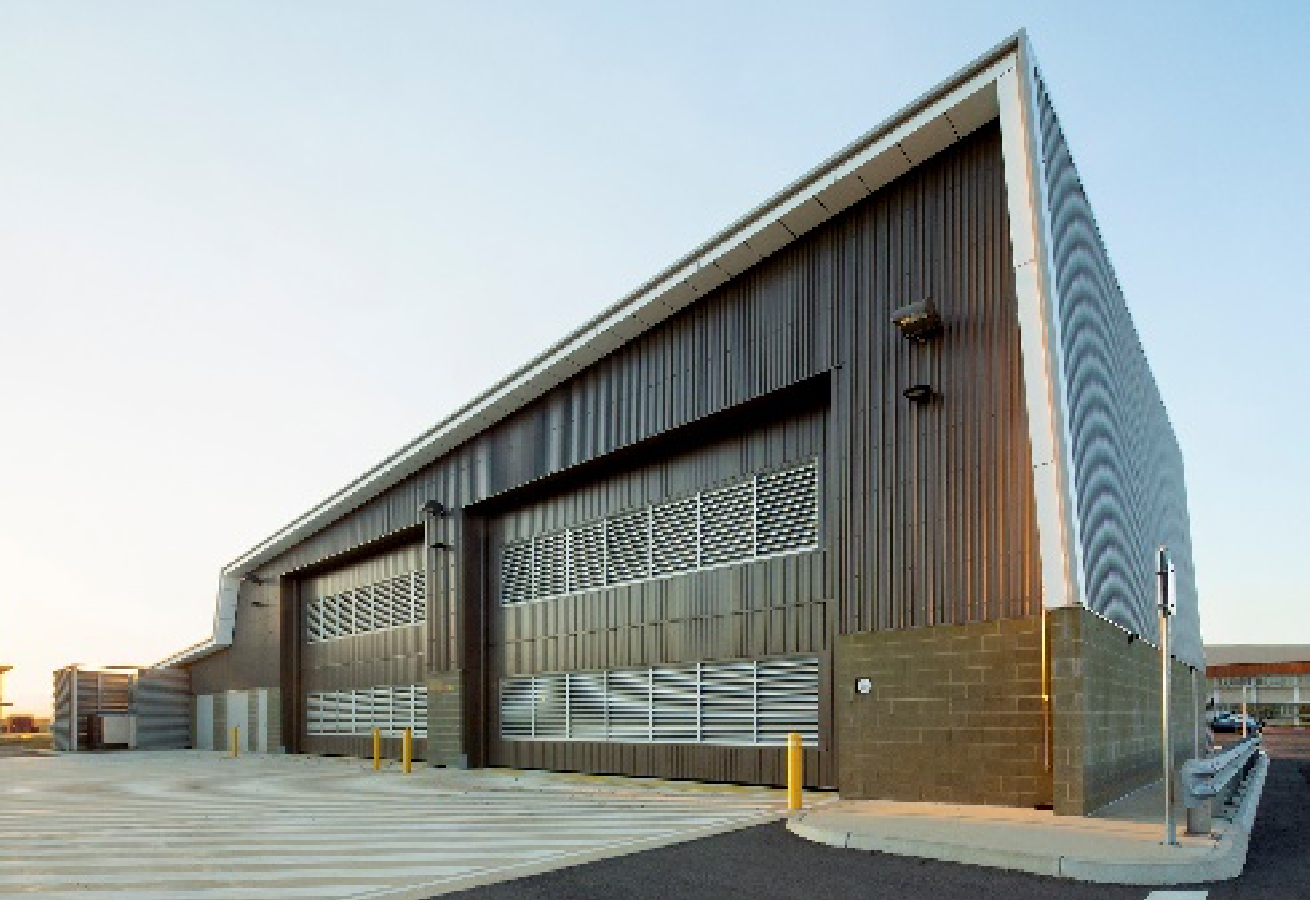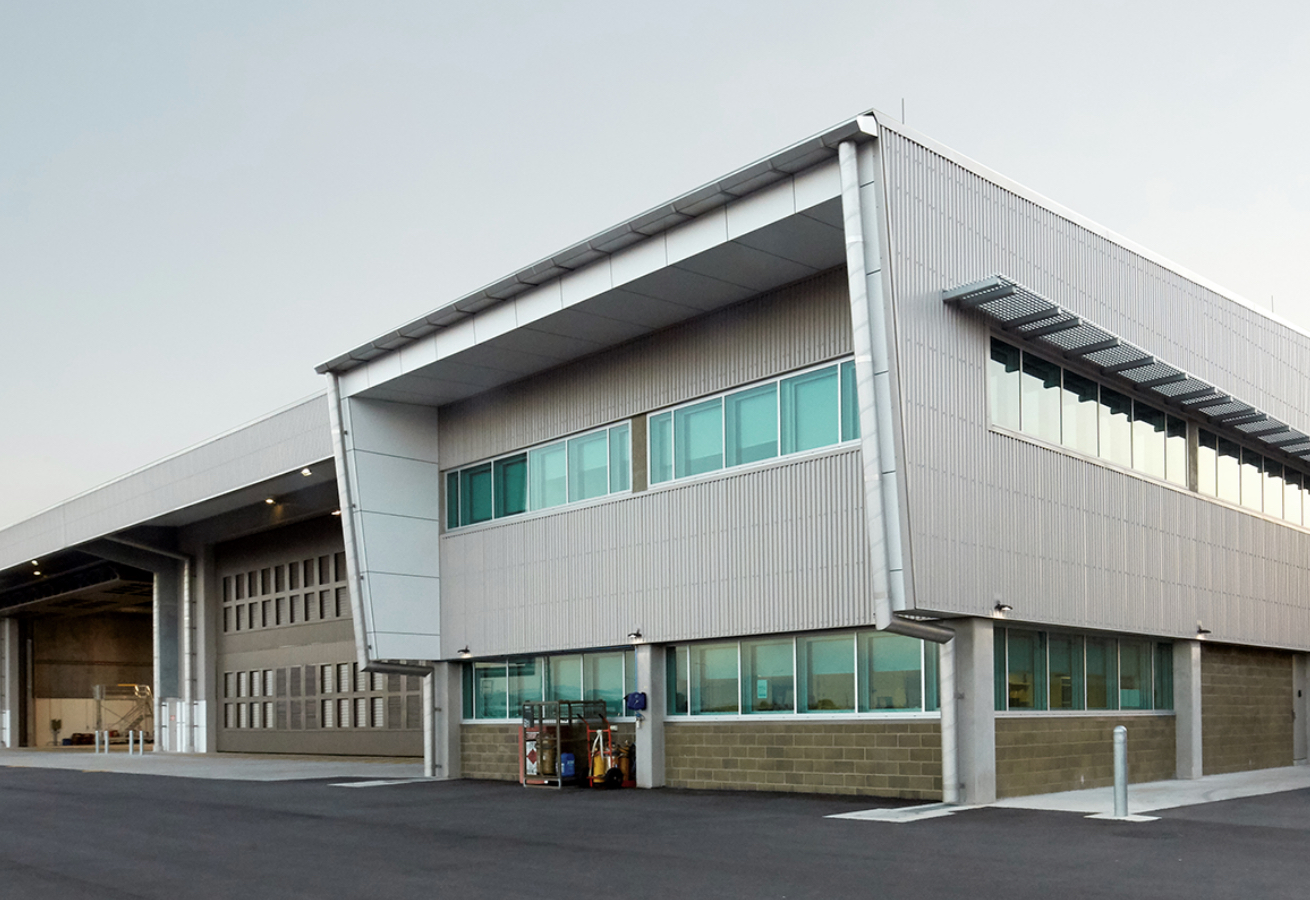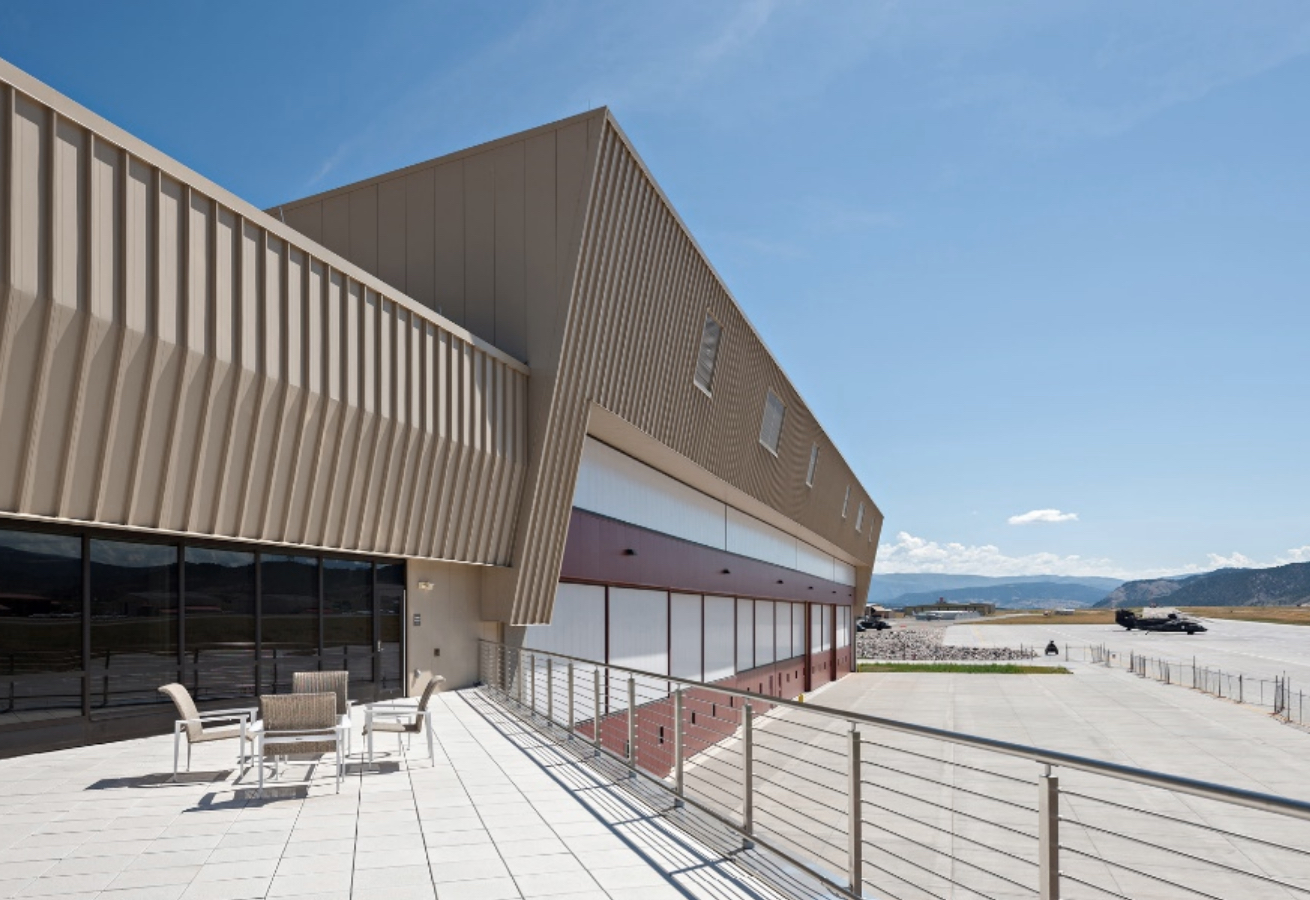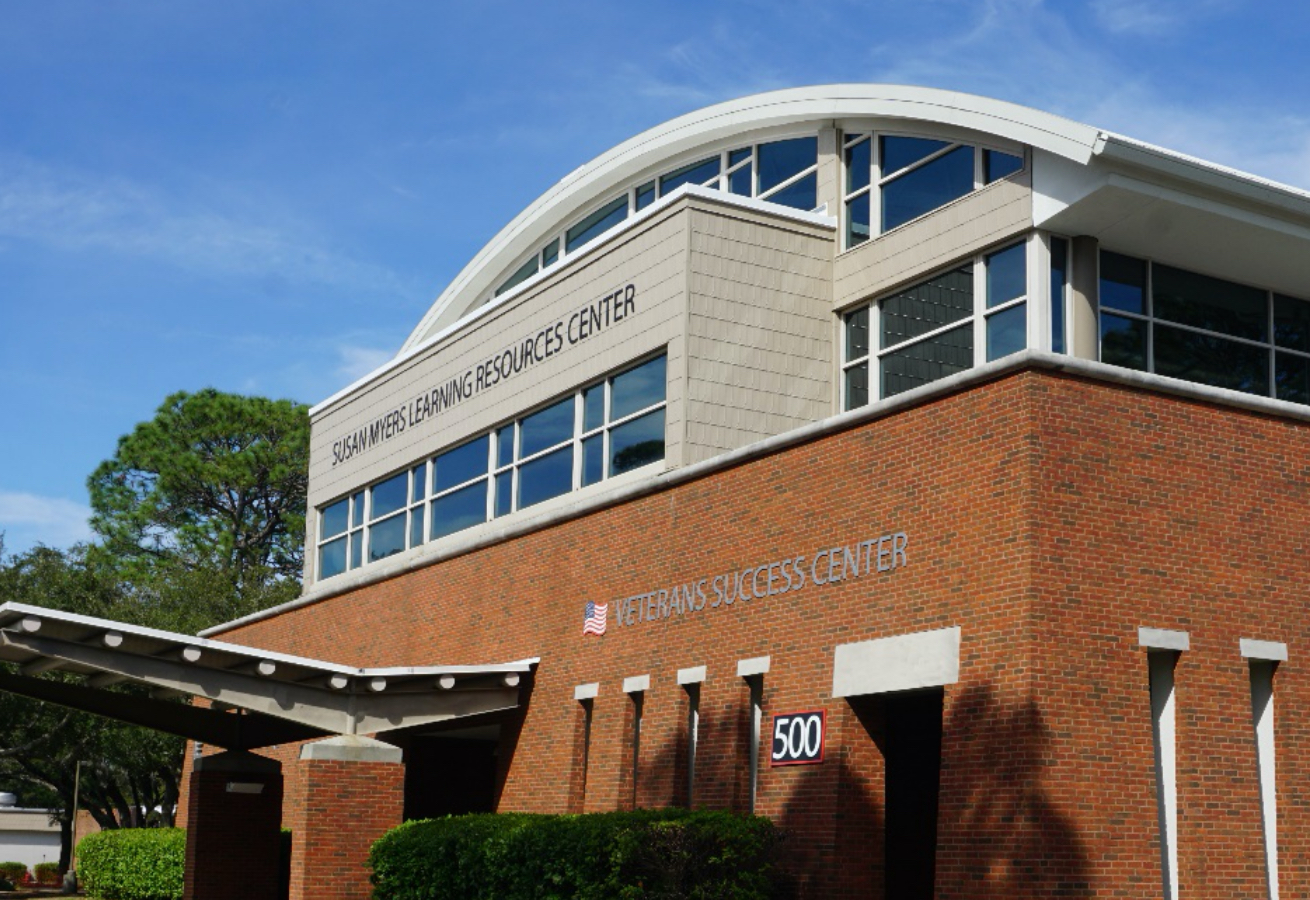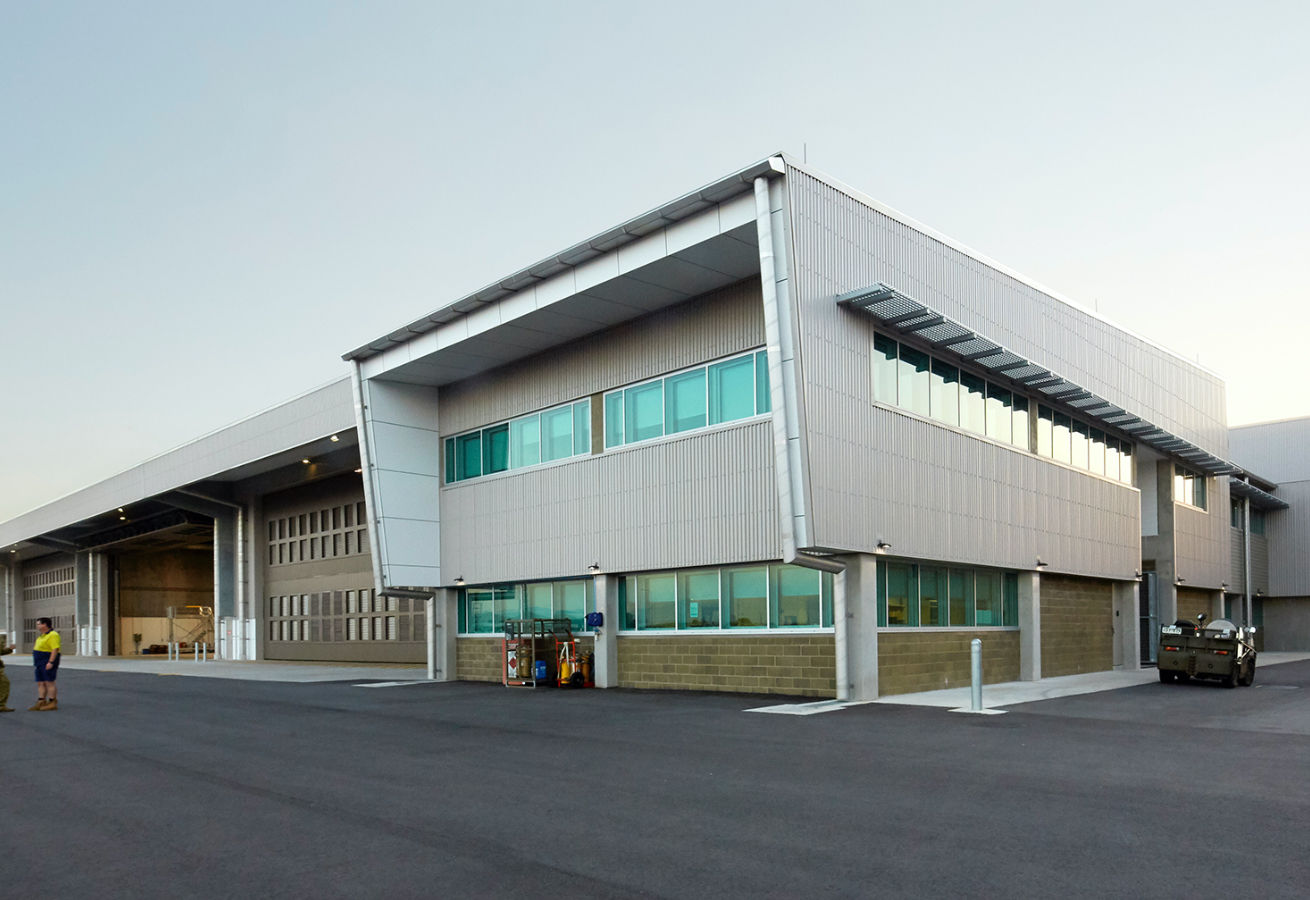
1. Massing & Articulation
The massing is articulated in response to the building program and be able to accommodate generous daylighting of the interior where appropriate. Because of its overall building size, attention is given to balancing simplicity of form, structure, and envelope with architectural impact. A strong, easily identified entrance is appropriate. Overall articulation is modest, appropriate to Group 3 Buildings, allowing form and color to create the overall character.


